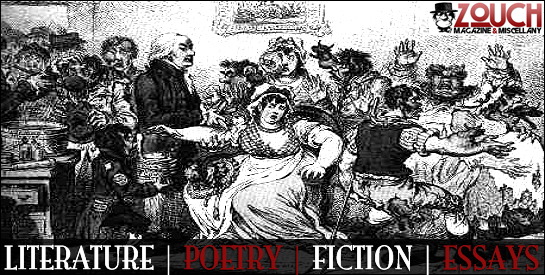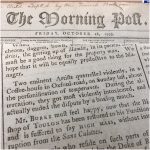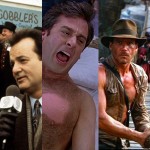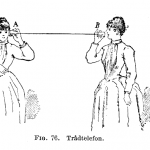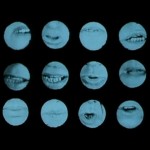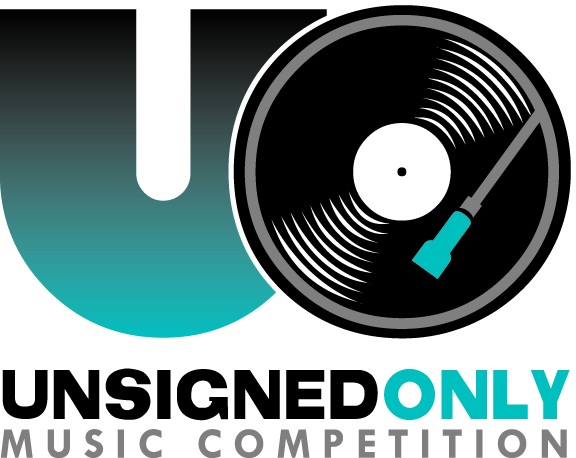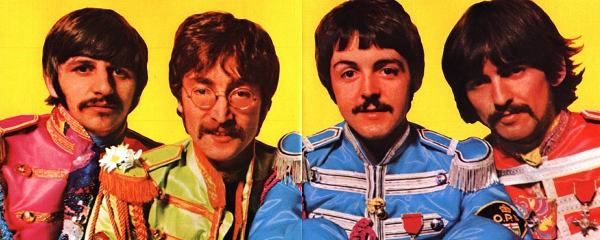
“Californian Grown” by Greg Gillis
Essays, MusicMusic has made a huge leap in the past decade, from nu metal and gangster lifestyle rap, to a brigade of hipsters, armed with skinny jeans and Ray Bans. It seemed that music had tapped out the influences of the 60s, 70s, and maybe even the 80s. Don McLean’s famous phrase “the day the music died” was becoming more honest with every new band. But a new sun is always on the horizon.
I stop to think about the last decade and what bands didn’t just catch my attention, but grabbed my spine and made me listen: bands such as Fleet Foxes, Grizzly Bear, TV on the Radio and MGMT. These bands all took a separate journey and– most of the time– sounded completely different, but they all started with an idea. This idea was created by a little southern California band you may of heard of; The Beach Boys. Brian Wilson and the boys did things unheard of in the studio, sparking creativity with every new song. The Beach Boys were also known for their amazing vocal harmonies. Their vocals would stack up and create a “wall of sound”, a term coined by Phil Spektor; the famous producer that Brian Wilson pays tribute to by using his initials in naming the Pet Sounds album.
Pet Sounds is a religious book to modern day musicians, and is called the most influential album in pop music. It was ranked #2 on the 500 Greatest Albums of All Time by Rolling Stone Magazine. Paul McCartney has said that Sgt. Pepper’s was heavily influenced by Pet Sounds. No matter how you break it down, The Beach Boys are the main influence for the indie music scene in the last decade. We wouldn’t have Robin Pecknold’s huge, echoing voice accompanied by his merry men in their renaissance-esque style. Instruments used in a similar manner to those of The Beach Boys,can be found scattered in the self-titled modern masterpiece Fleet Foxes.
But I don’t see this only in the bands mentioned above. Although the obscurities and studio techniques found in MGMT and TV on the Radio yell Beach Boys, other modern bands (such as Beach House, with guitarist Alex Scally’s distinctive flowing guitar tone sounding quite familiar –but still unique– and The Drums, who sound like Brian Wilson leading Joy Division) also embody this trend. And the influence doesn’t stop at indie music; electronic artists increasingly utilize the cheer that the Californian sunshine band brought to our ears. Artists like Panda Bear, who dubs cheerful music with his own optimistic-sounding melodies, and Atlas Sound, who layers his own vocal harmonies live and brings more truth in the term “one man band”, are examples of this cross-genre activity.
Some argue that The Smiths created indie music, but I stick to my opinion. I only say this because vocal-harmony-drenched music that makes you smile is much more prevalent then the misery found in Smiths revival bands. Though I want to go on record saying that I do believe Morrissey did many great things for indie music.
After a decade of probably the most creative music ever, I can finally say that music is back, not that it ever left, just that the product description had faded. I hope for a safe journey into the music of the 2010s and hope that it brings us more great modern masterpieces, but for now, let’s applaud Brian Wilson and the boys for their biological catalytic help to the indie music scene.
